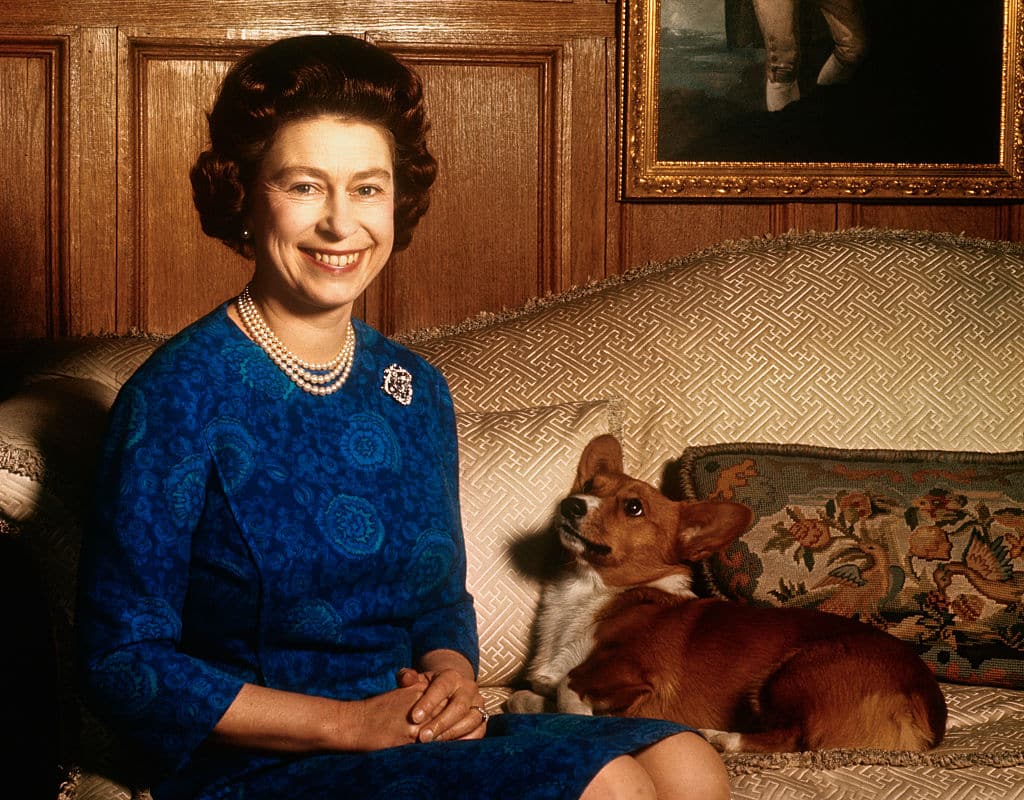How LGBTQ+ rights in UK have changed during the Queen’s time on the throne
Author: Patrick Kelleher
Queen Elizabeth II has died after almost 70 years on the throne. (Getty)
Queen Elizabeth II has died aged 96 at her Balmoral residence, bringing to a close a reign that lasted more than 70 years.
The British monarch passed away surrounded by family at her Scottish estate.
The news was confirmed just days after she met new prime minister Liz Truss and asked her to form a government – the fifteenth PM she greeted during her time on the throne.
Throughout her reign, life has been radically transformed for LGBTQ+ people in the UK. When she ascended to the throne in 1952 following the death of her father King George VI, homosexuality was still illegal.
While Queen Elizabeth generally avoided commenting publicly on LGBTQ+ rights, she has – as is required by her position – given royal assent (which is a formality where the reigning monarch approves changes to the law) to many pieces of legislation that have changed the trajectory of queer life in Britain.
What’s changed during the Queen’s reign?
One of the first major pieces of LGBTQ+ legislation Queen Elizabeth II gave royal assent to was the Sexual Offences Act of 1967. That history-making act marked the first major crack in the UK’s long-held criminalisation of same-sex sexual activity – it decriminalised gay sex in private between men aged 21 and over in England and Wales.
The Sexual Offences Act was far from the ultimate freedom LGBTQ+ people craved at the time. Gay and bisexual men continued to be convicted for years to come for having sex in public, while the age of consent – which was five years higher than it was for straight people – wreaked havoc on queer lives.
In 1980 and 1982 respectively, homosexuality was partially decriminalised in Scotland and Northern Ireland.

There have been numerous significant milestones since the partial decriminalisation of homosexuality.
One of those was the Human Rights Act, which was given royal assent in 1998.
That piece of legislation meant that the European Convention on Human Rights was enshrined in British law for the first time. That act has been used in a number of cases to uphold LGBTQ+ rights in the UK – it has helped give same-sex couples’ tenancy rights, for example.
In 2002, the Adoption and Children Act came into law, enabling same-sex couples to adopt children for the first time. Two years later, civil partnerships were legalised in England and Wales, with the first unions taking place on 5 December 2005.
Another sweeping law that came into effect around the same time was the Gender Recognition Act (GRA) – it was given royal assent the year before on 1 July 2004, and it put in place a process that allowed trans people to legally change their gender for the first time.
Same-sex marriage was legalised
In 2010, the Equality Act was passed, which outlawed discrimination against people based on sexual orientation or gender identity in a number of key areas. Two years later the Protection of Freedoms Act meant that gay people could apply to have past convictions for “gross indecency” removed from record.
One of the great landmark achievements for LGBTQ+ equality came in 2014, when same-sex marriage was legalised in England and Wales through the Marriage (Same Sex Couples) Act.

Since then, LGBTQ+ rights have started to stall in the UK.
Conversion therapy remains legal, despite pledges from our current government to outlaw the practice, and the Gender Recognition Act (GRA) reform has largely stalled.
Still, throughout Queen Elizabeth’s almost 70-year reign, LGBTQ+ rights have radically transformed in the UK.
Few monarchs have overseen as much social change as Queen Elizabeth II oversaw throughout her time on the throne, and it’s looking increasingly likely that no future monarch will see similar progress made in a single reign ever again.
Actual Story on Pink News
Author: Patrick Kelleher





